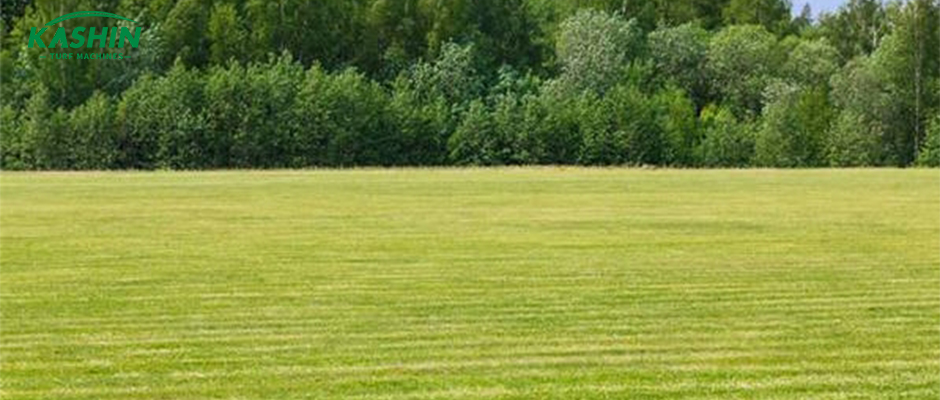January, February
1. Clean up fallen leaves
2. Ensure water supply.
3. Do not trample the lawn excessively.
4. You can do lawn weeding on the old lawn and remove the thick grass mat layer.
March
1. Sowing: Sowing in mid-to-late March, the seeds will germinate when the soil temperature rises.
2. Fertilization and irrigation: Apply special fertilizers developed for lawns and garden flowers and trees. Spray on the leaves at 500 times the liquid. After spraying, combine with sprinkler irrigation to make the solution penetrate into the soil for better results.
3. Reseeding and rolling: Reseeding as early as possible in areas without seedlings or sparse seedlings, the sowing amount is lower than the normal sowing amount. Rolling is performed in early March to prevent the exposed root crown from drying out and dying.
4. Pruning: Cut off the dry leaf tips in winter and keep the height low to receive more solar radiation and return to green early.

April
1. Fertilization: Apply appropriate amount of additional fertilizer.
2. Pruning: For bluegrass and tall fescue lawns, set the mower height to 5cm and 8cm respectively. For zoysia, bentgrass, and bermudagrass lawns, set the mower height to 3cm. Prune according to the 1/3 rule.
3. Control crabgrass: Apply a drug developed for crabgrass. The recommended dosage per square meter for golf courses is 0.2-0.25 grams.
4. Prevent rust: Apply pollution-free fungicide, dilute 800-1200 times with water and spray, with a dosage of 6000-8000 square meters/kg.
5. Irrigation: Irrigation can be carried out if necessary. To improve the quality of irrigation, it is recommended to install an underground sprinkler system.
May
1. Fertilization: The second fertilization between May and July. Refer to the fertilization plan in March.
2. Remove broadleaf weeds: Apply herbicides. Weeds stop growing within 24 hours after application and die in 5-12 days.
3. Irrigation: Irrigation can be carried out if necessary.
Post time: Jan-03-2025
